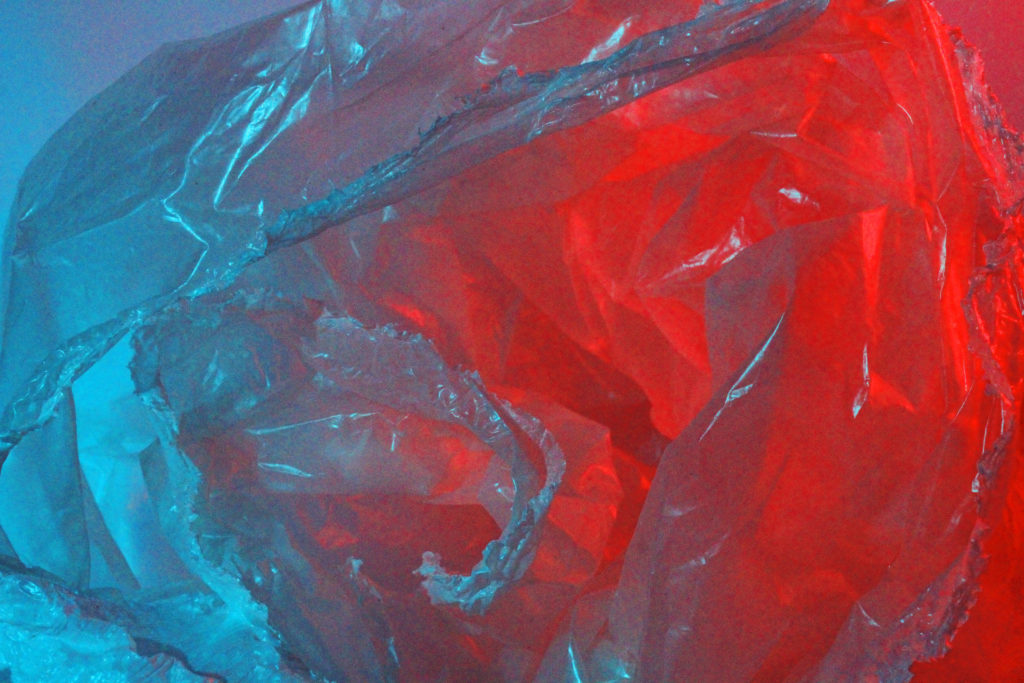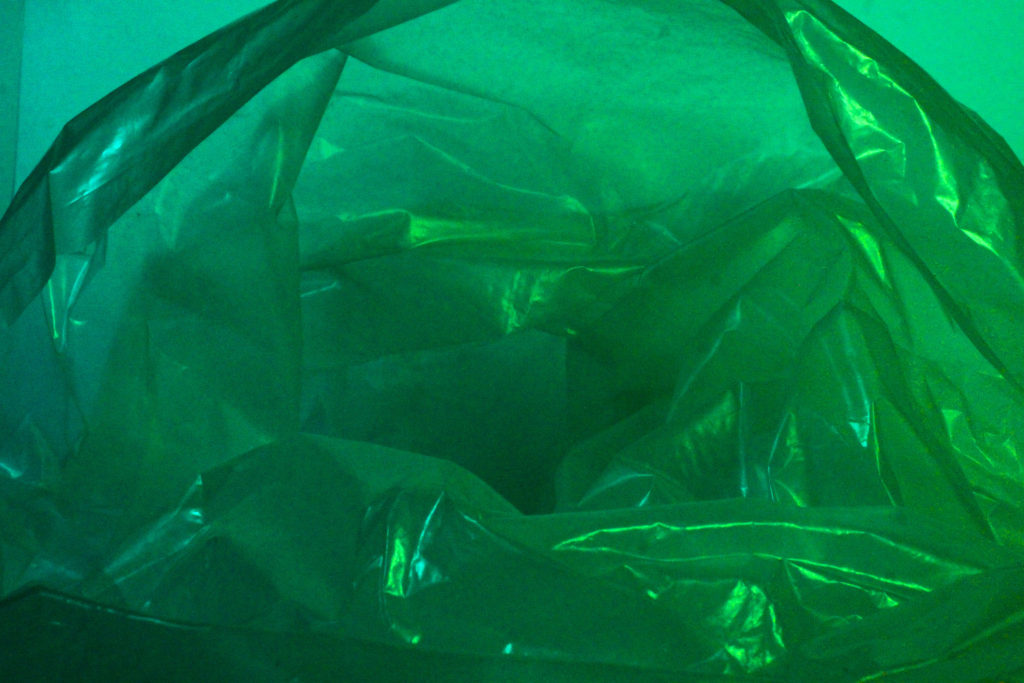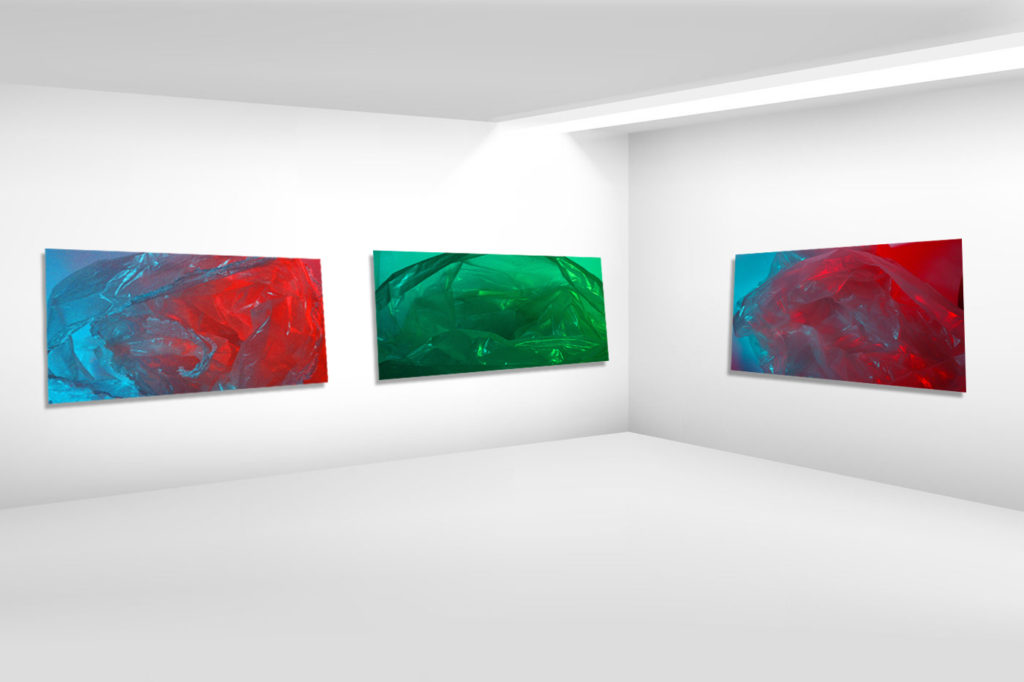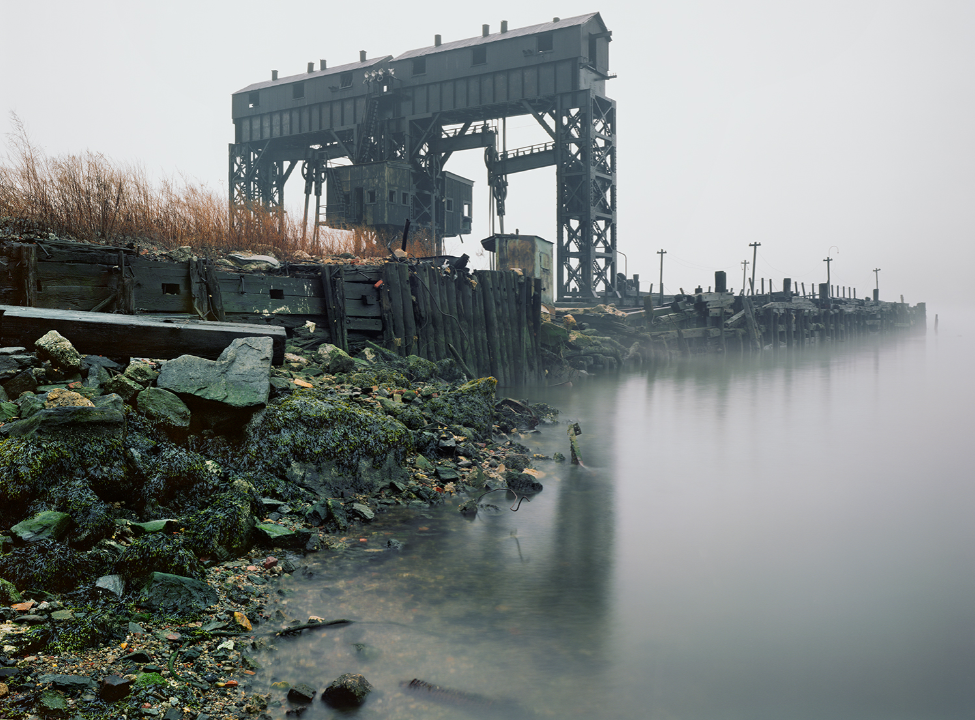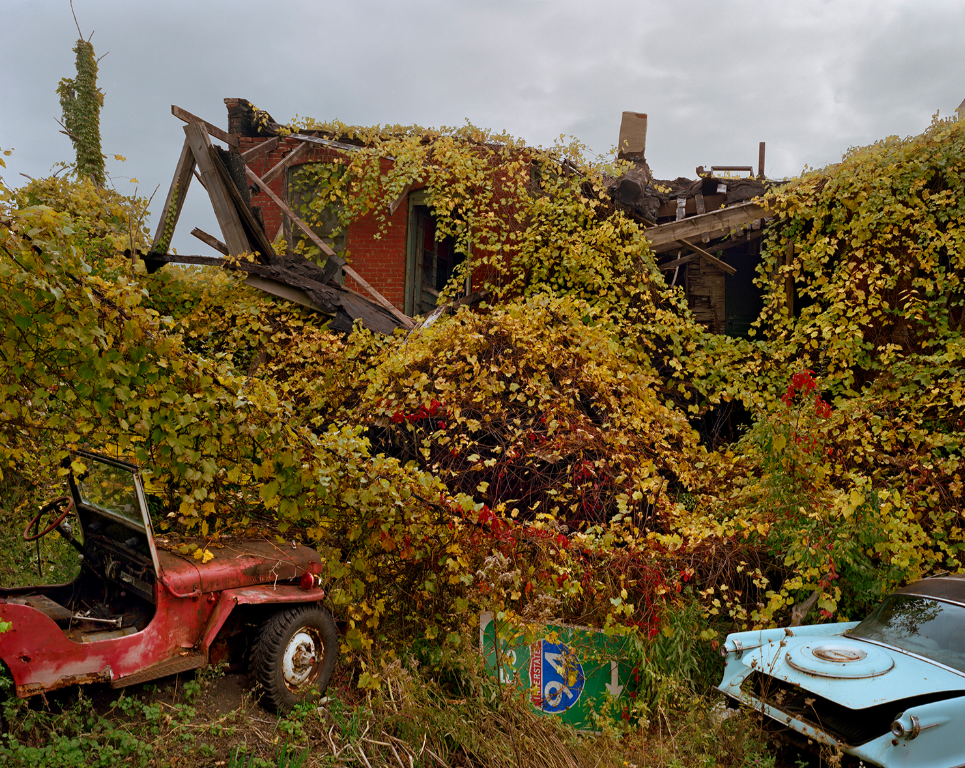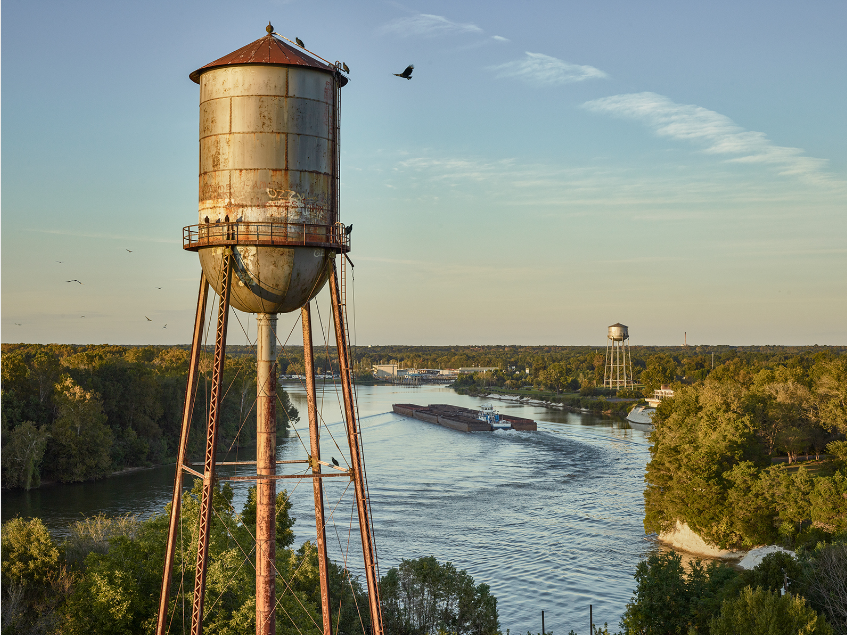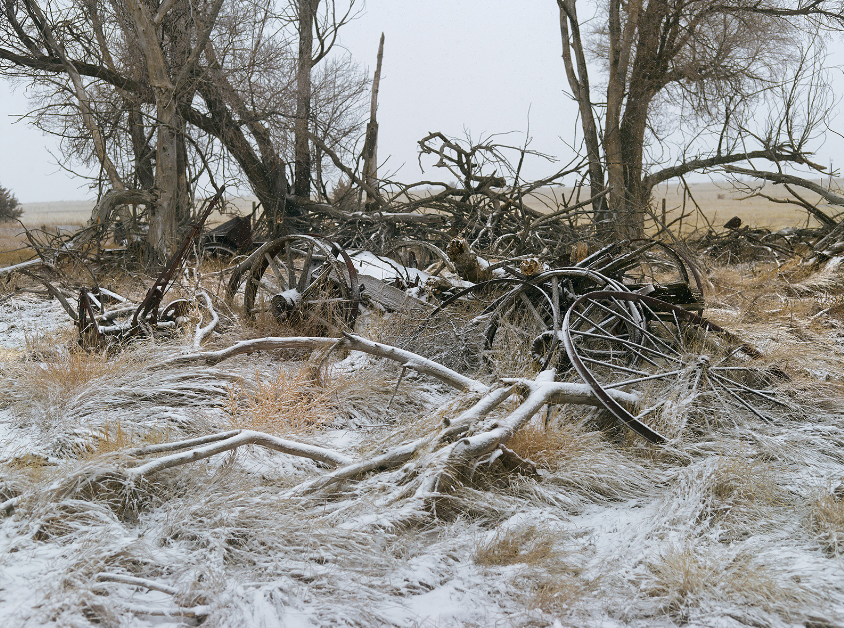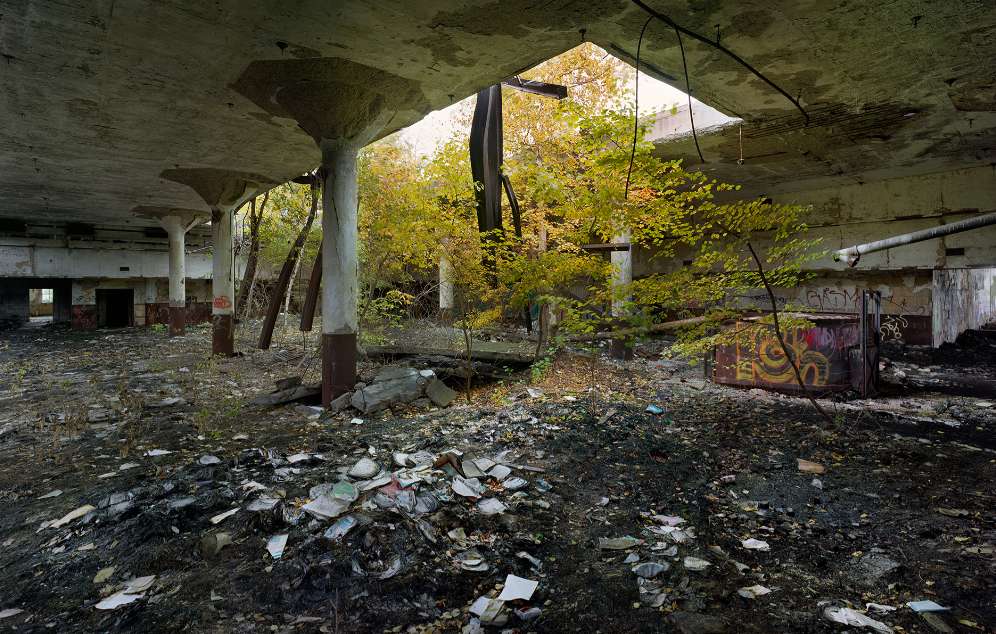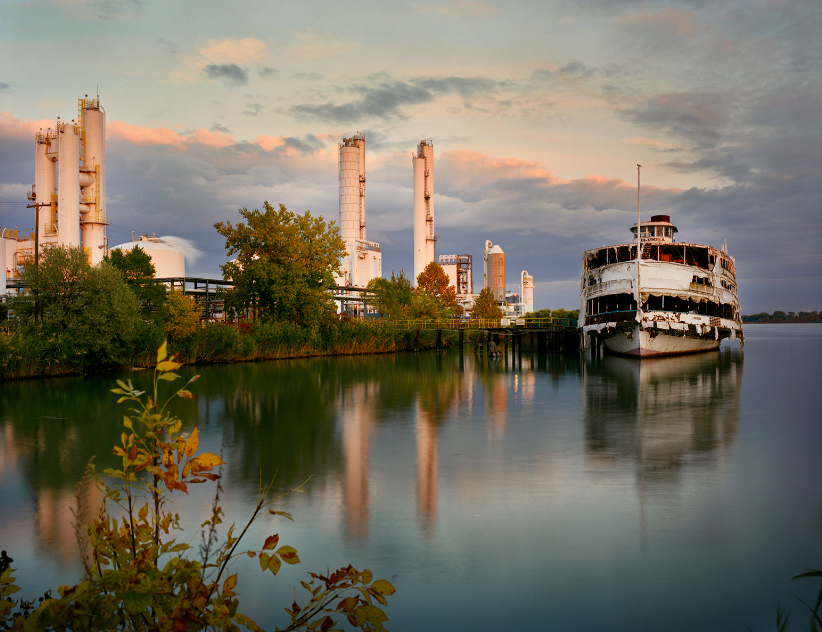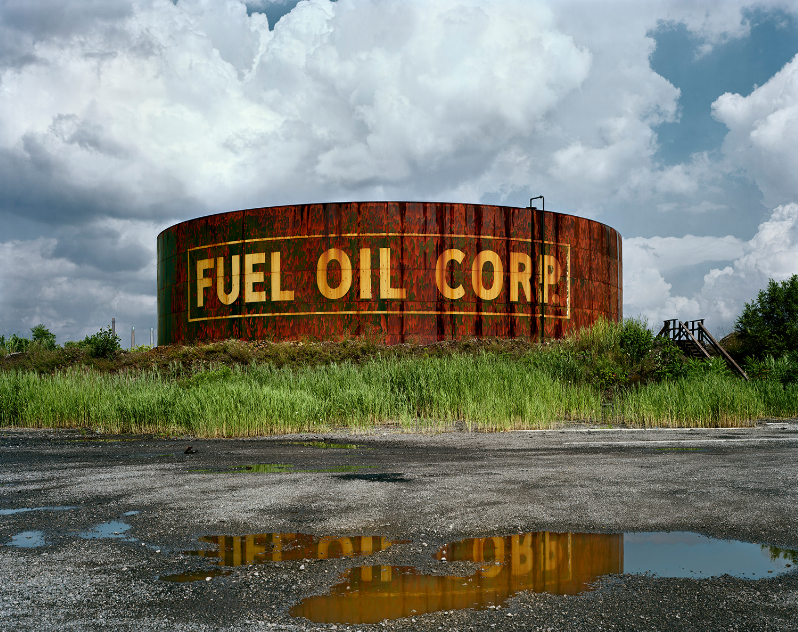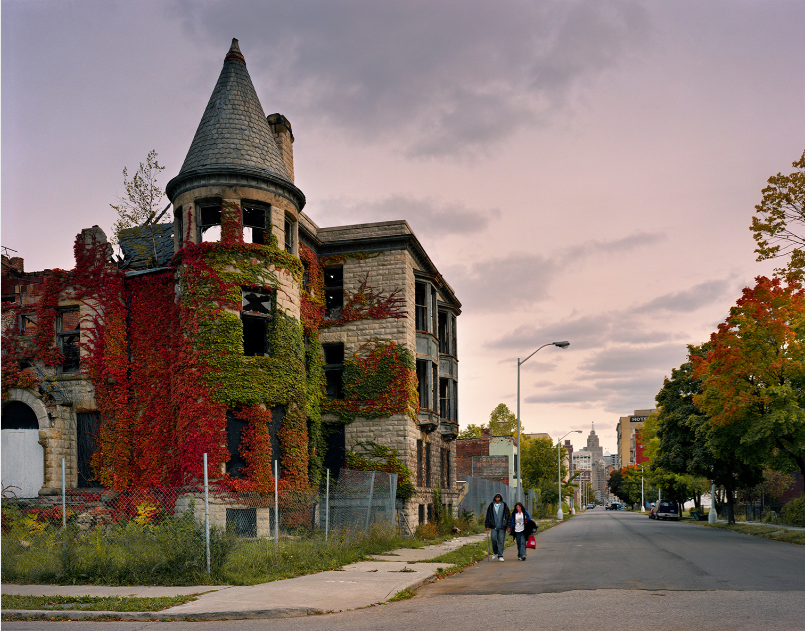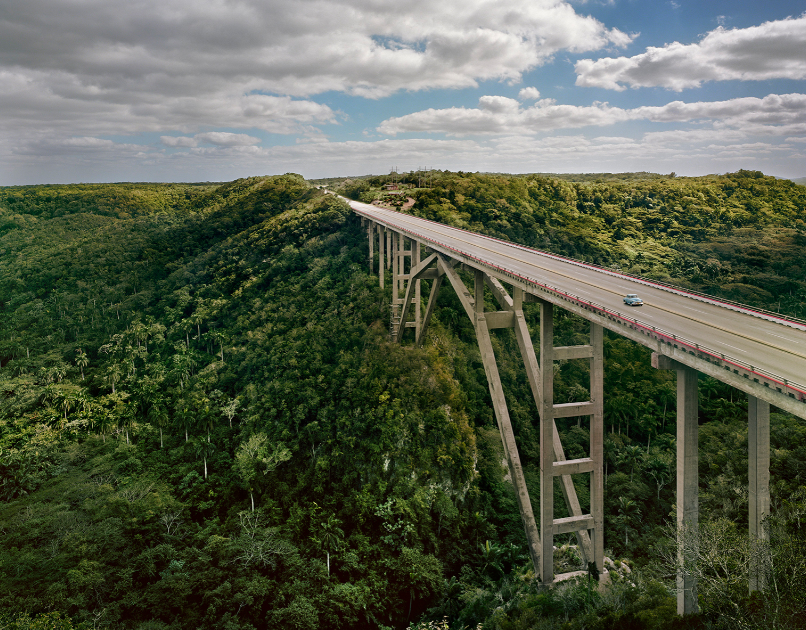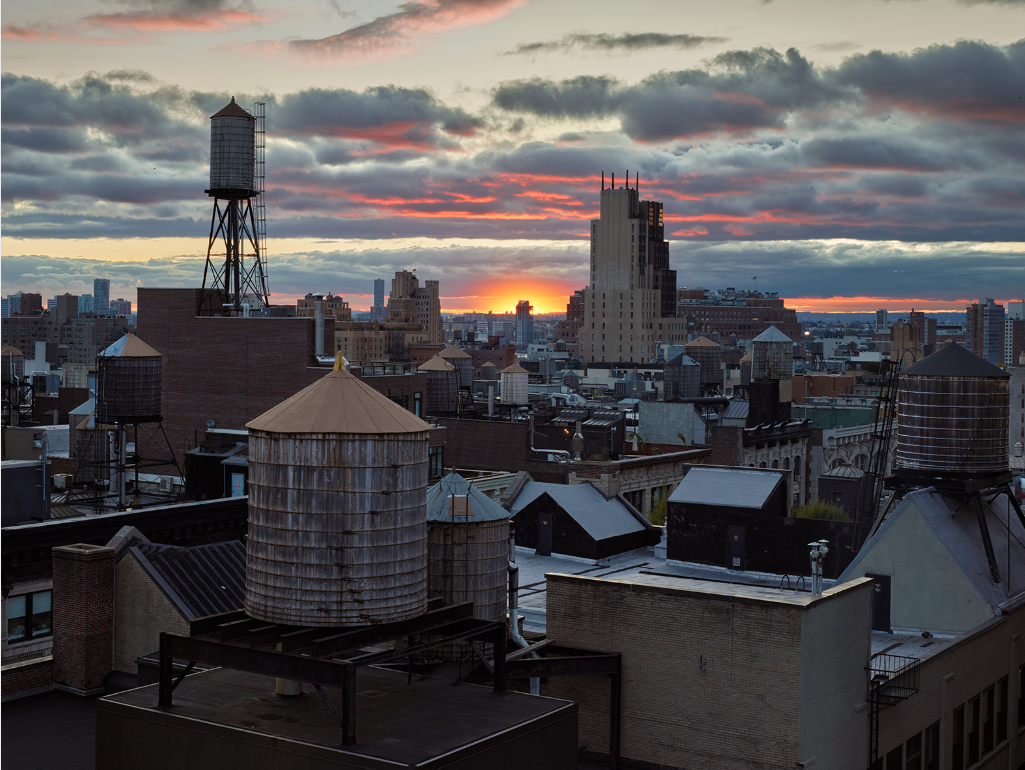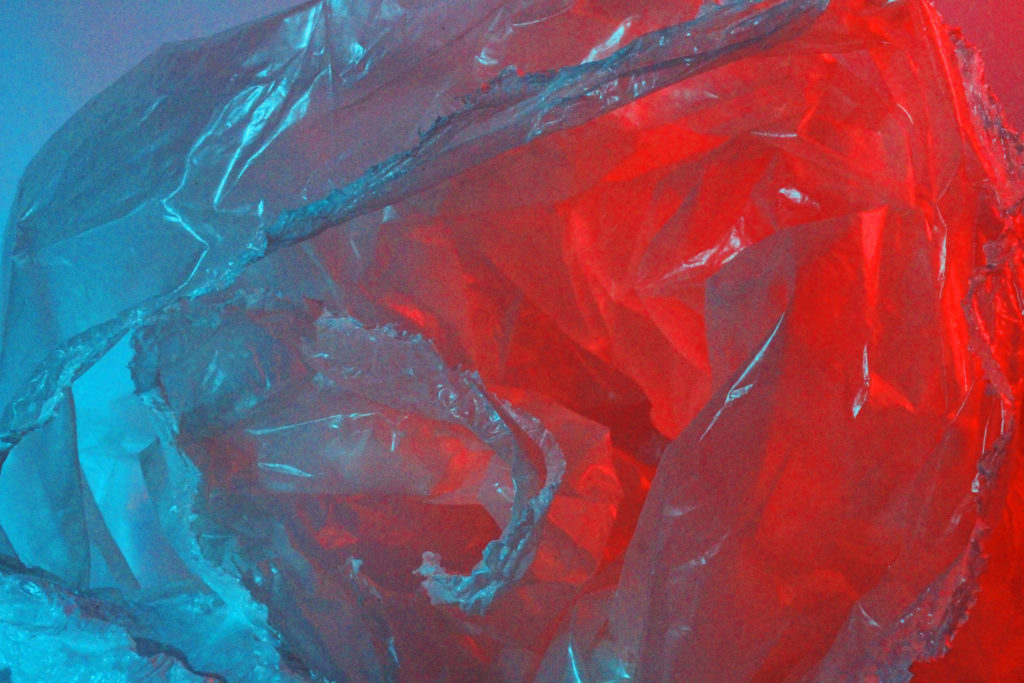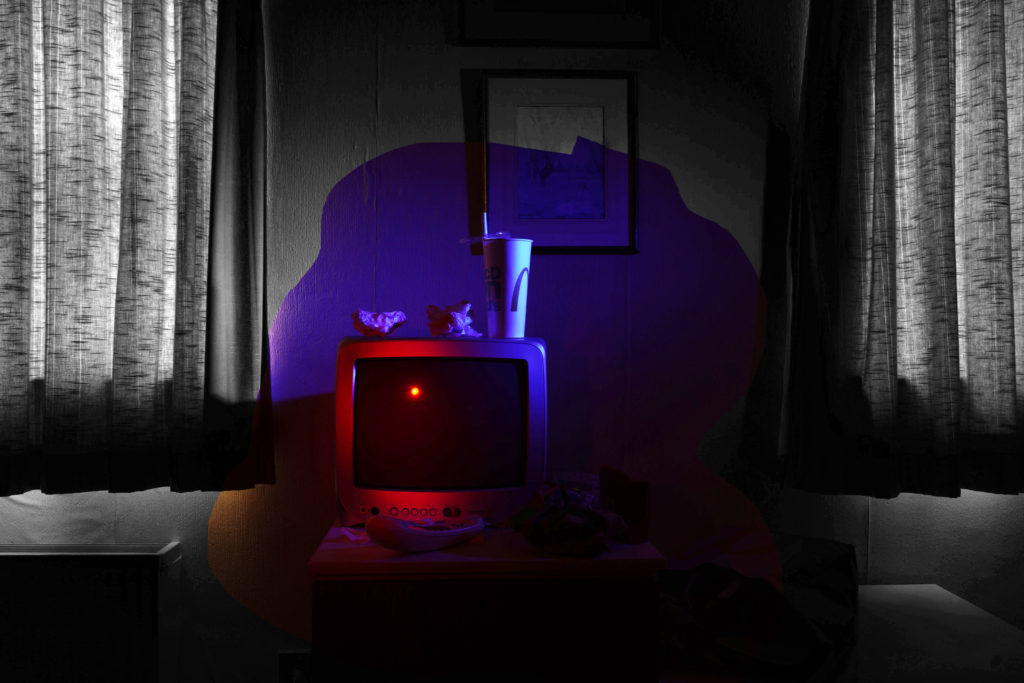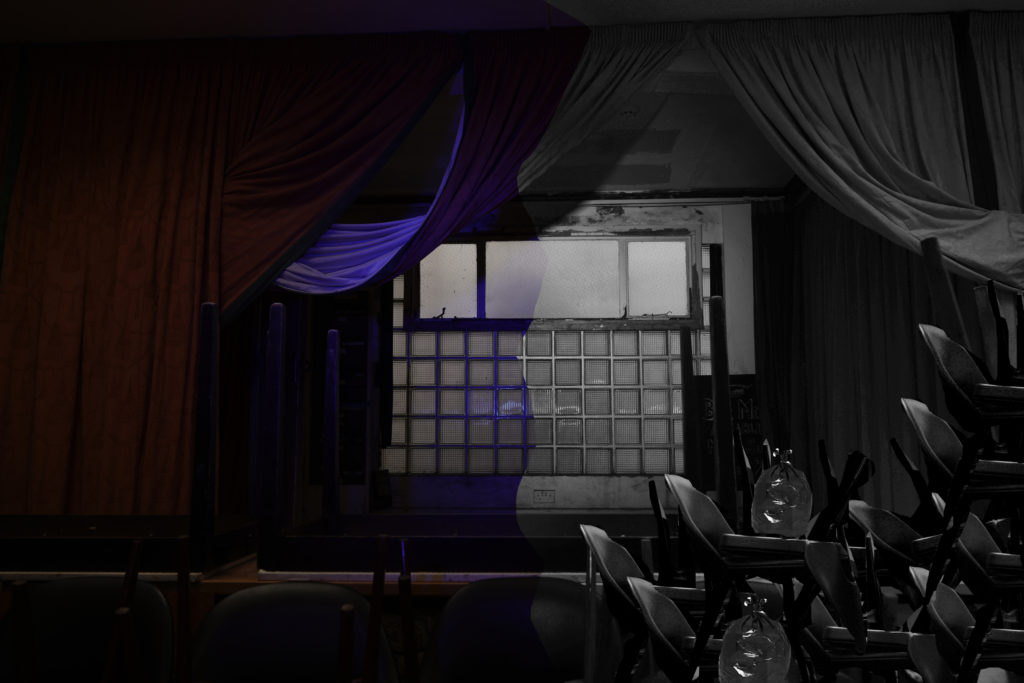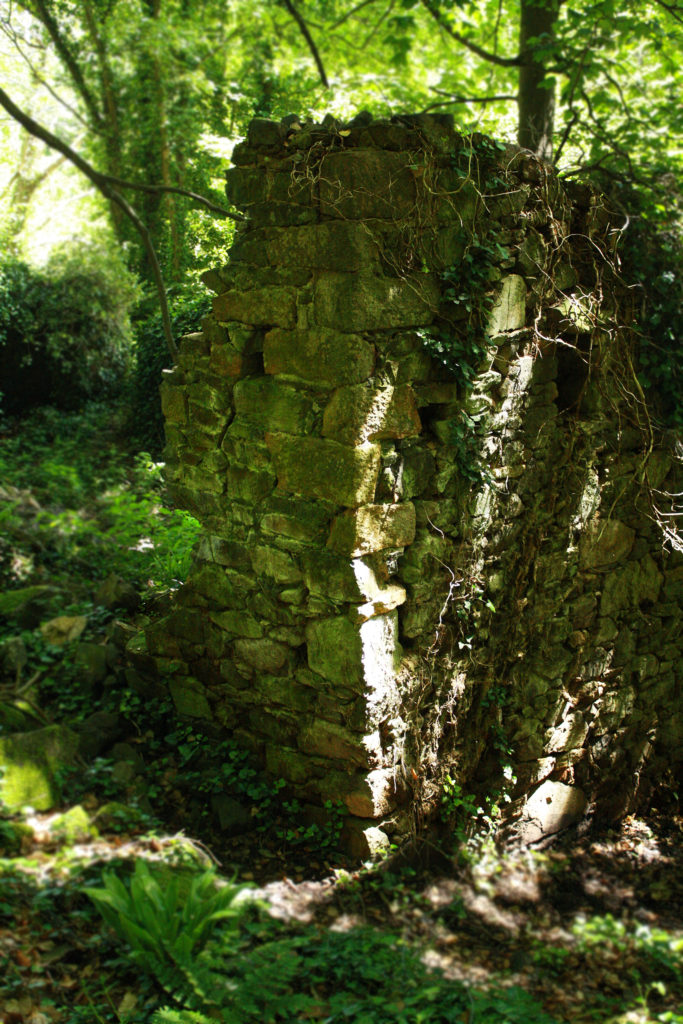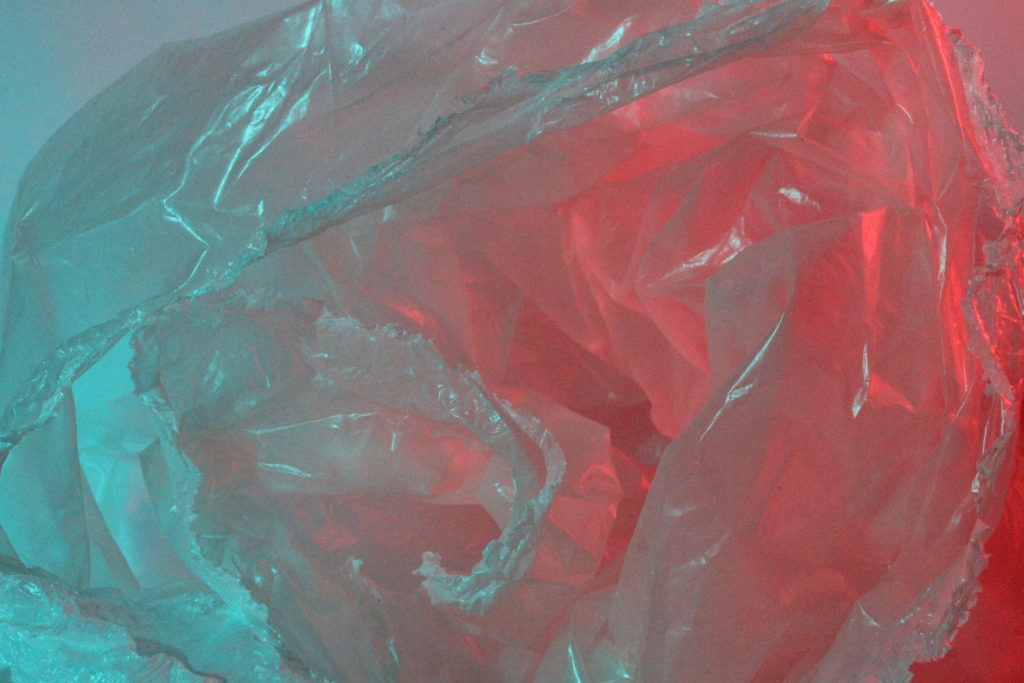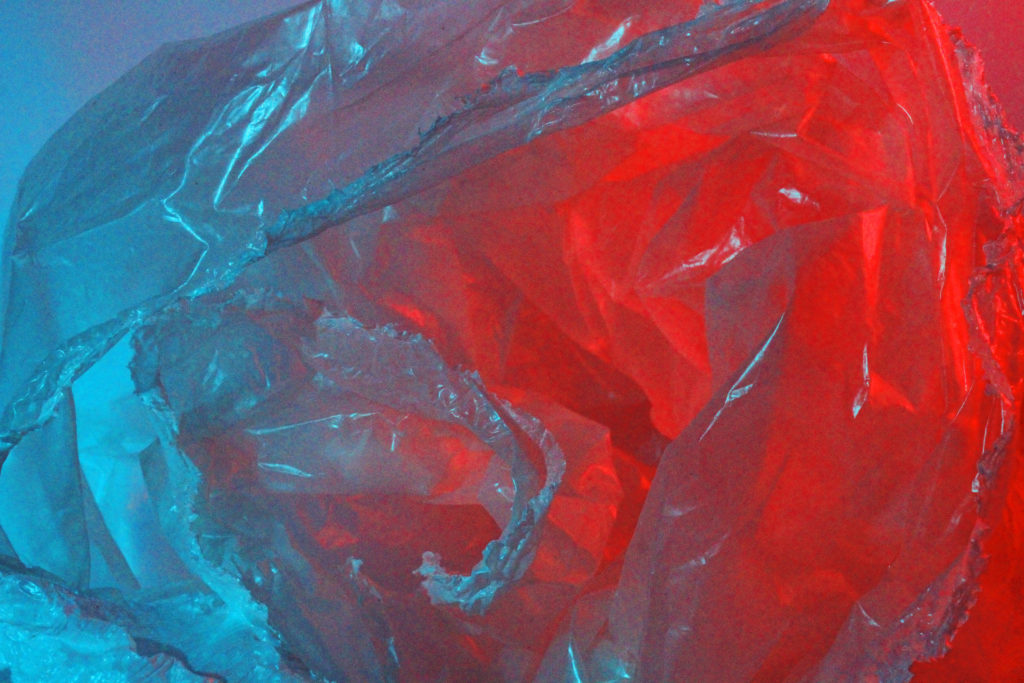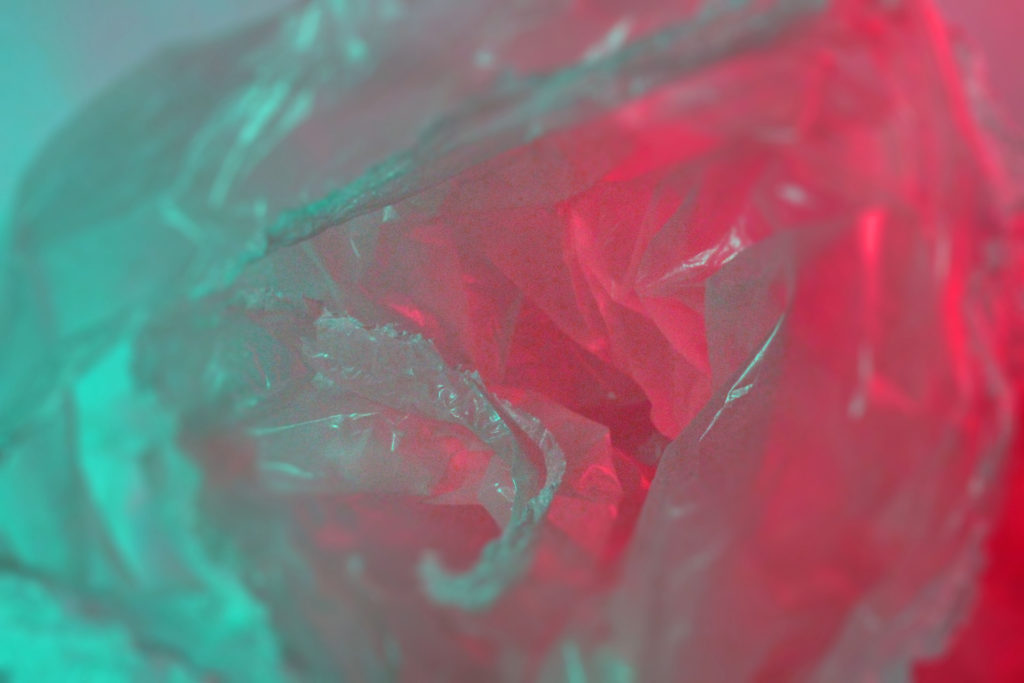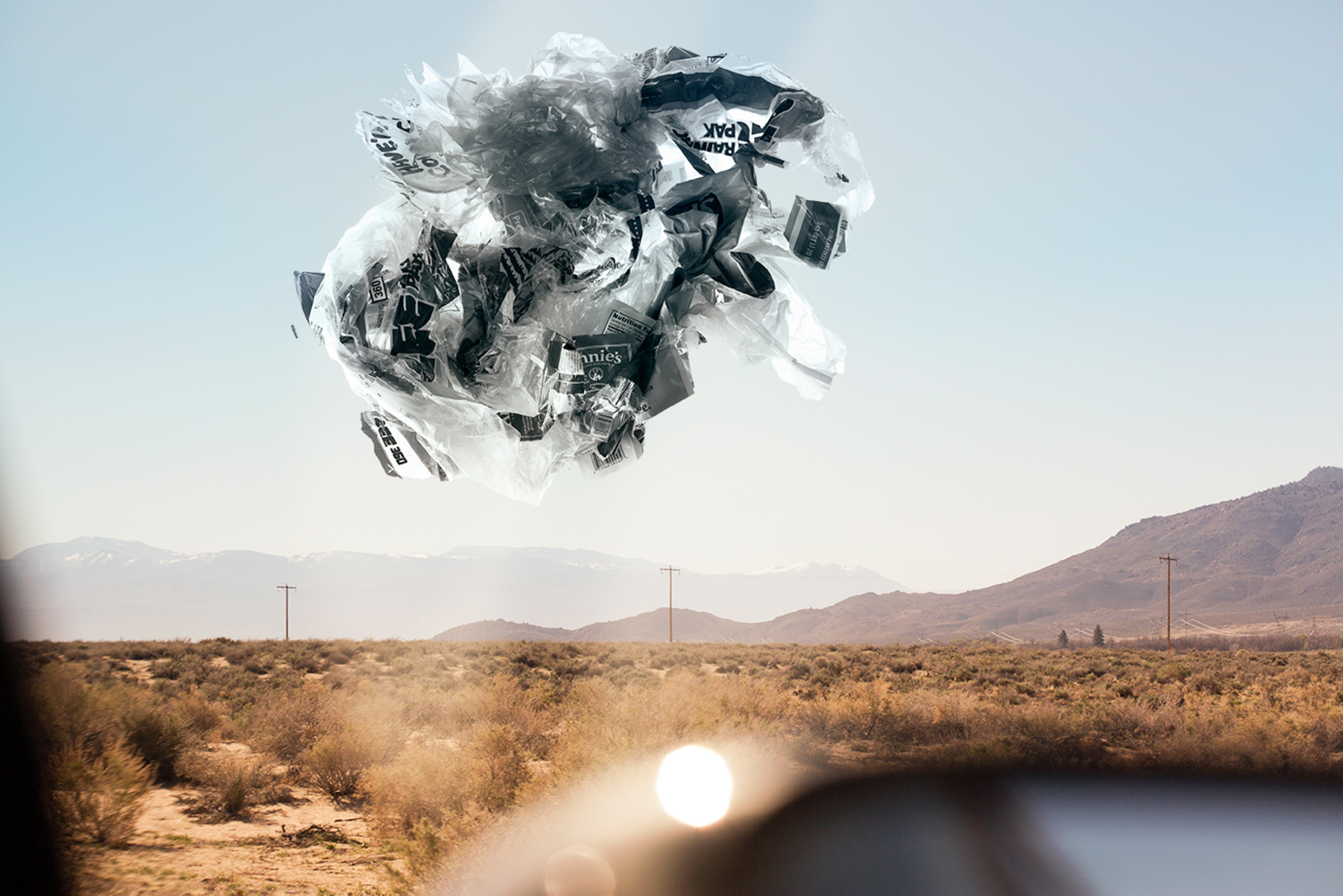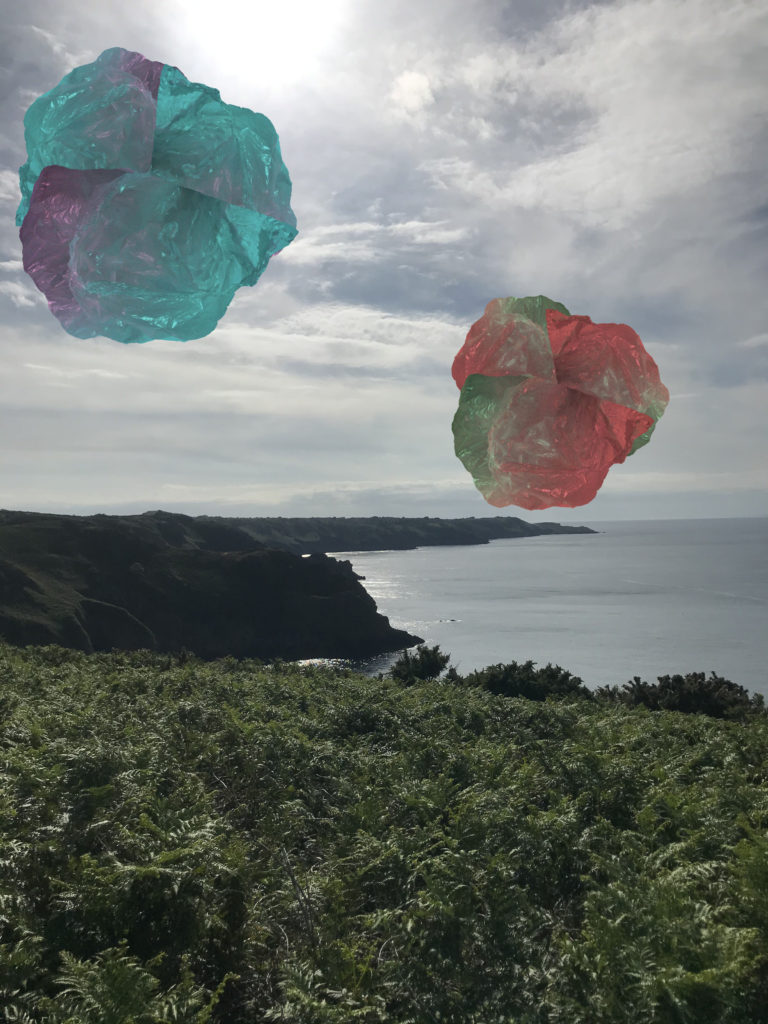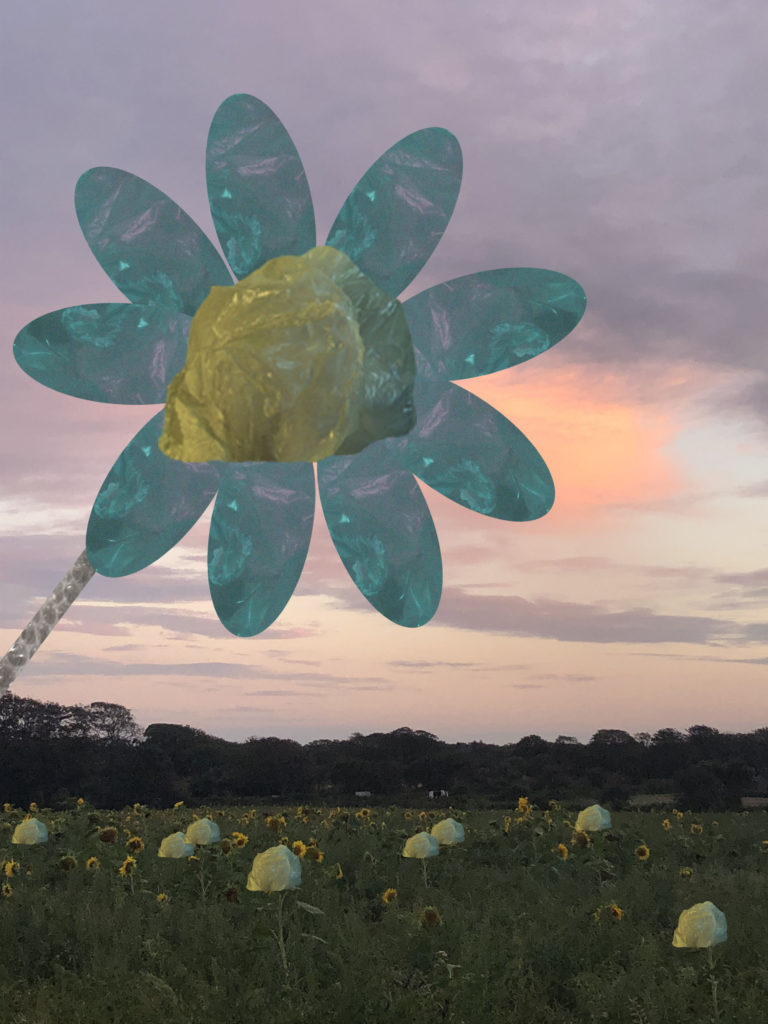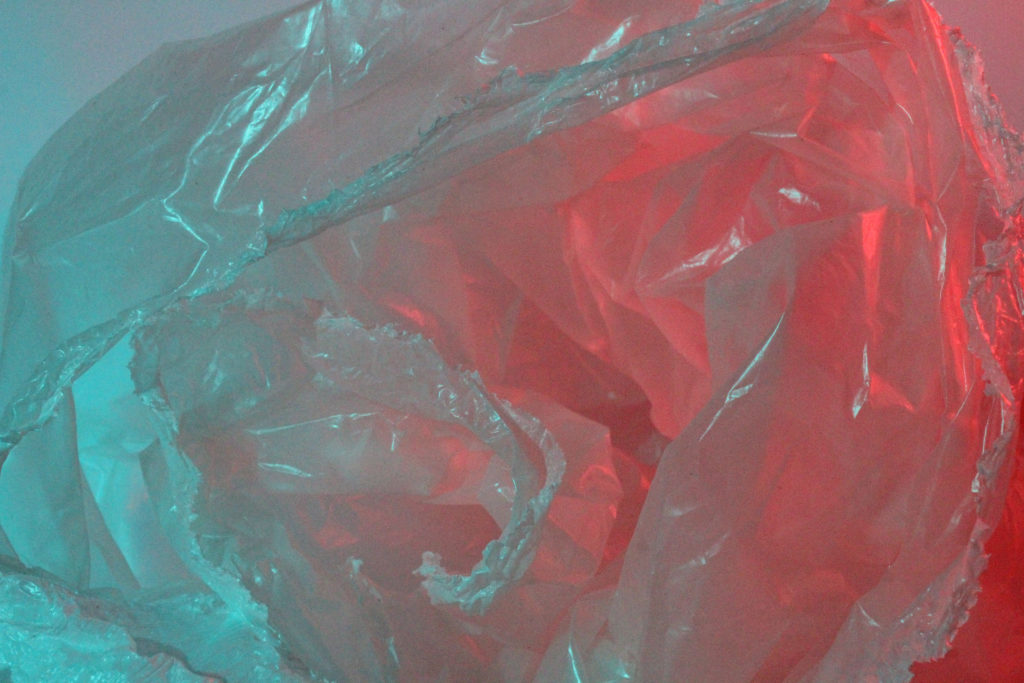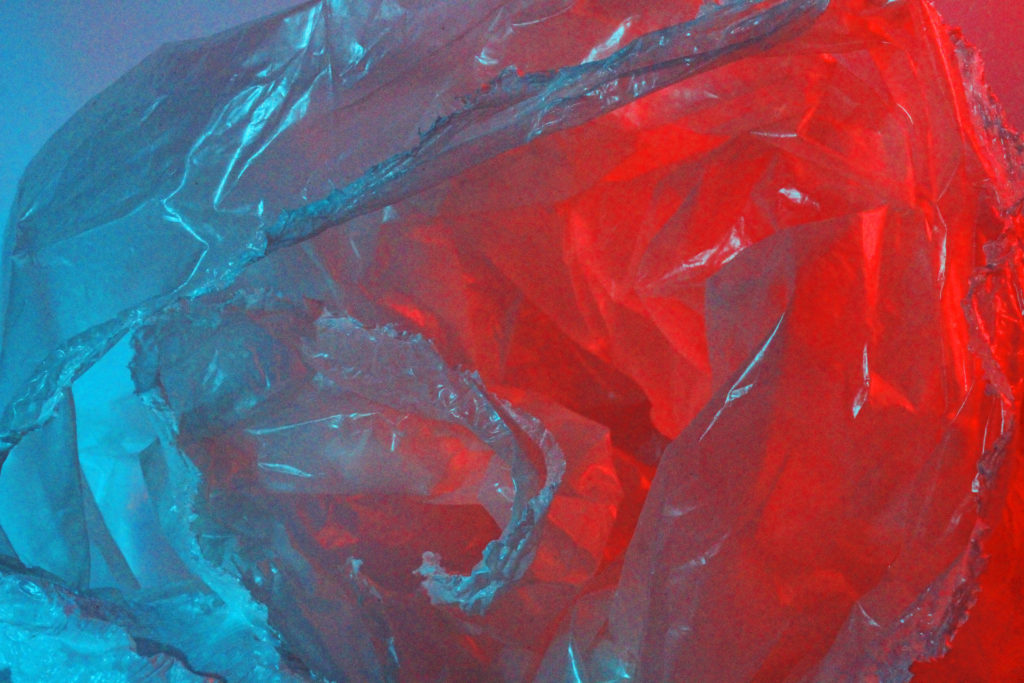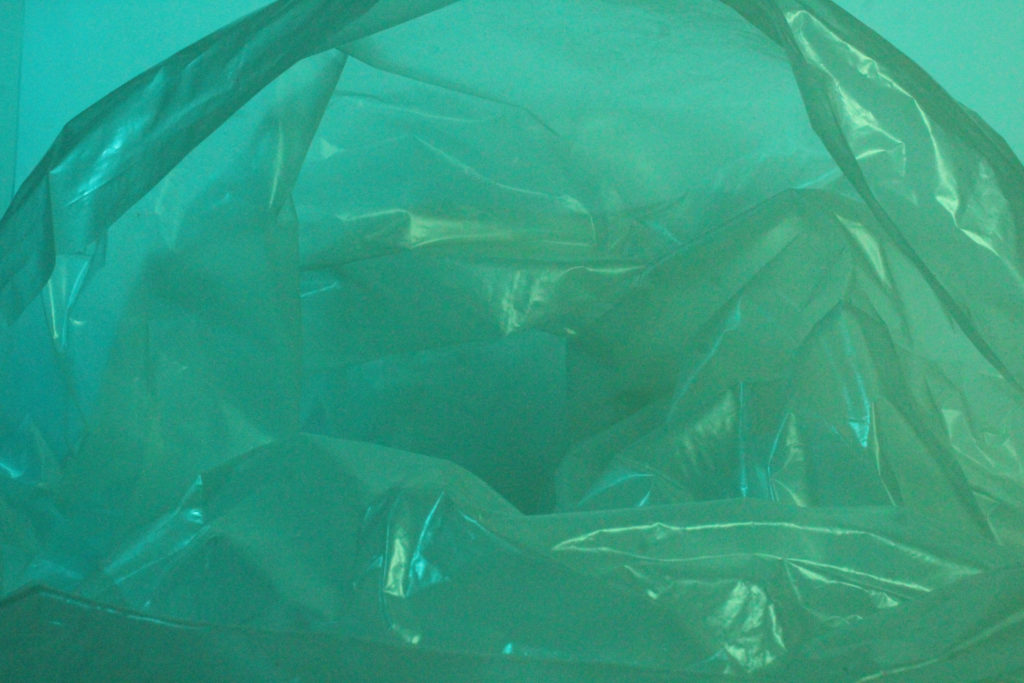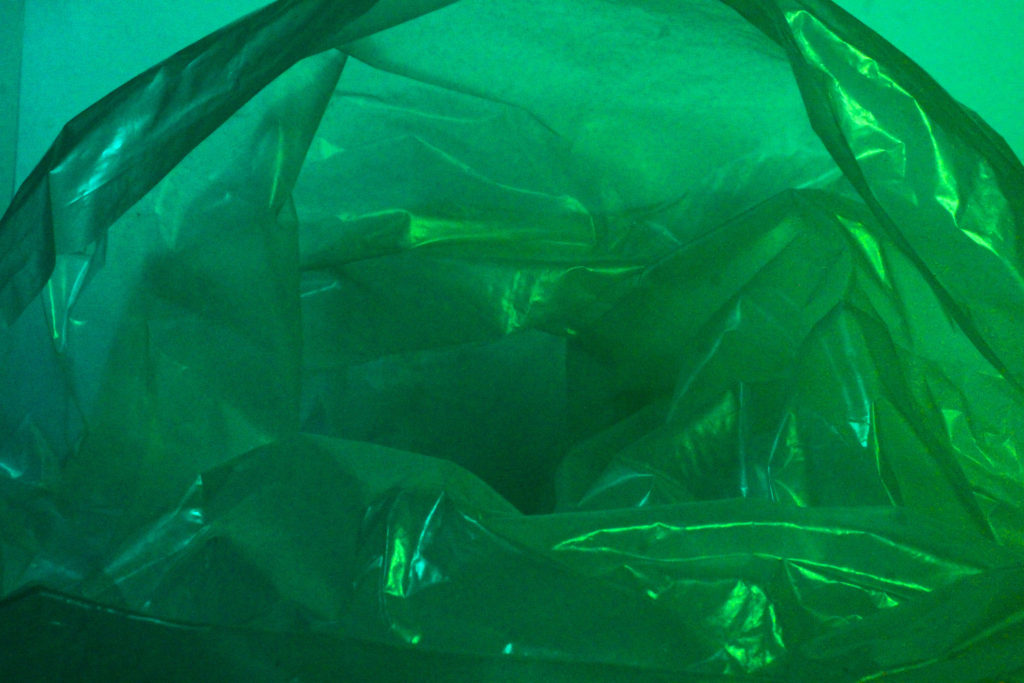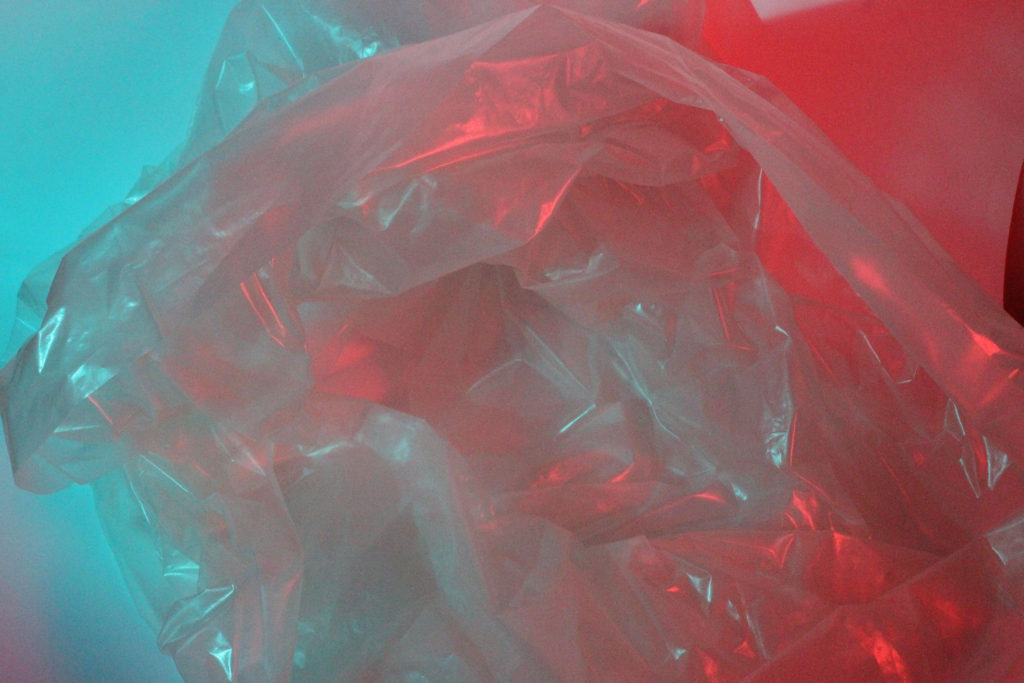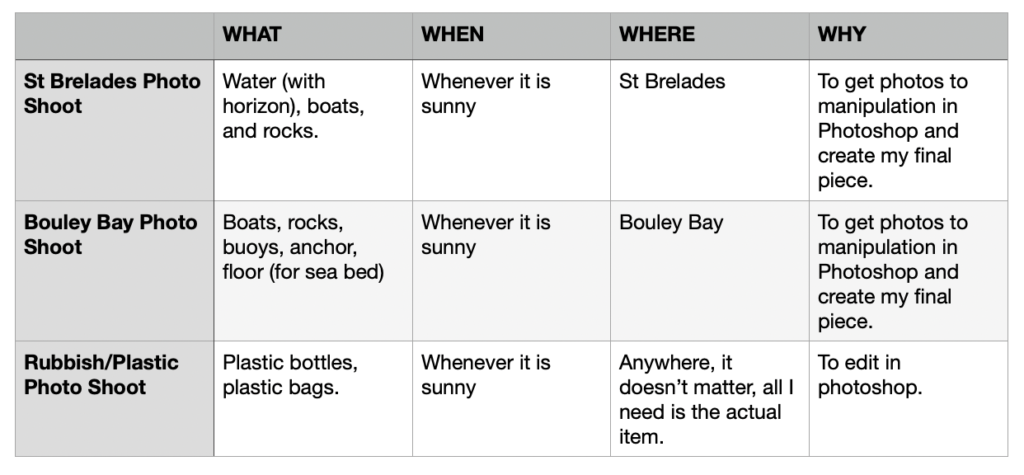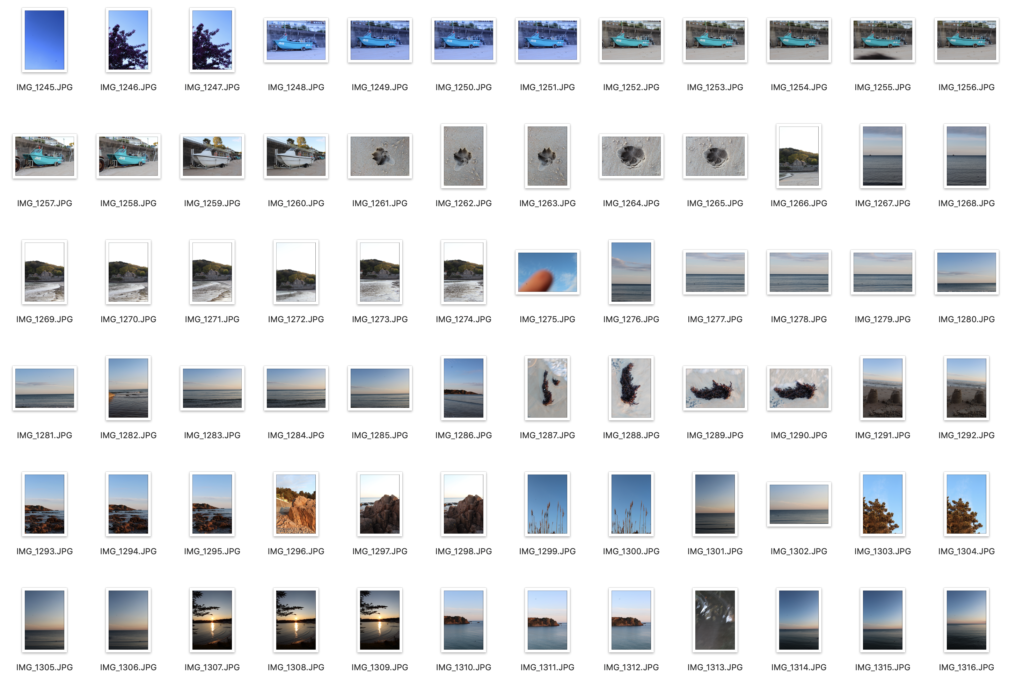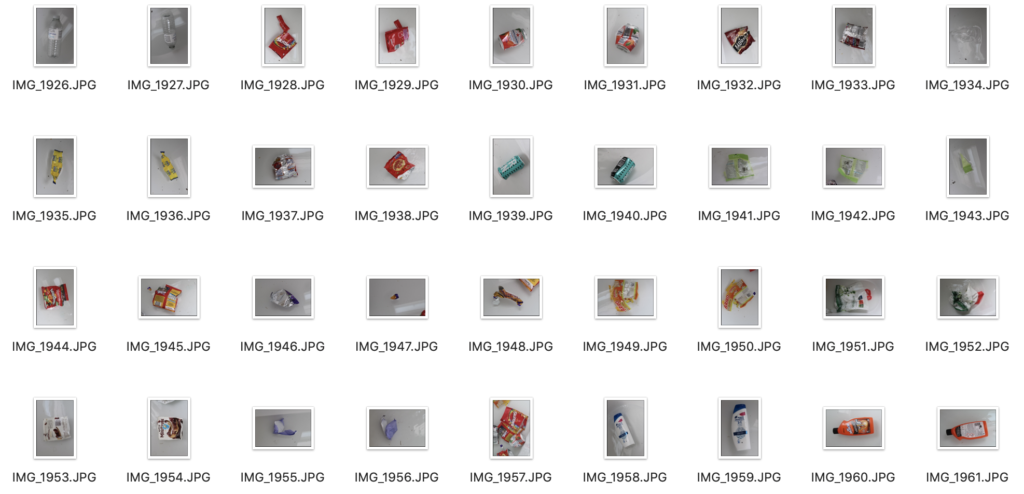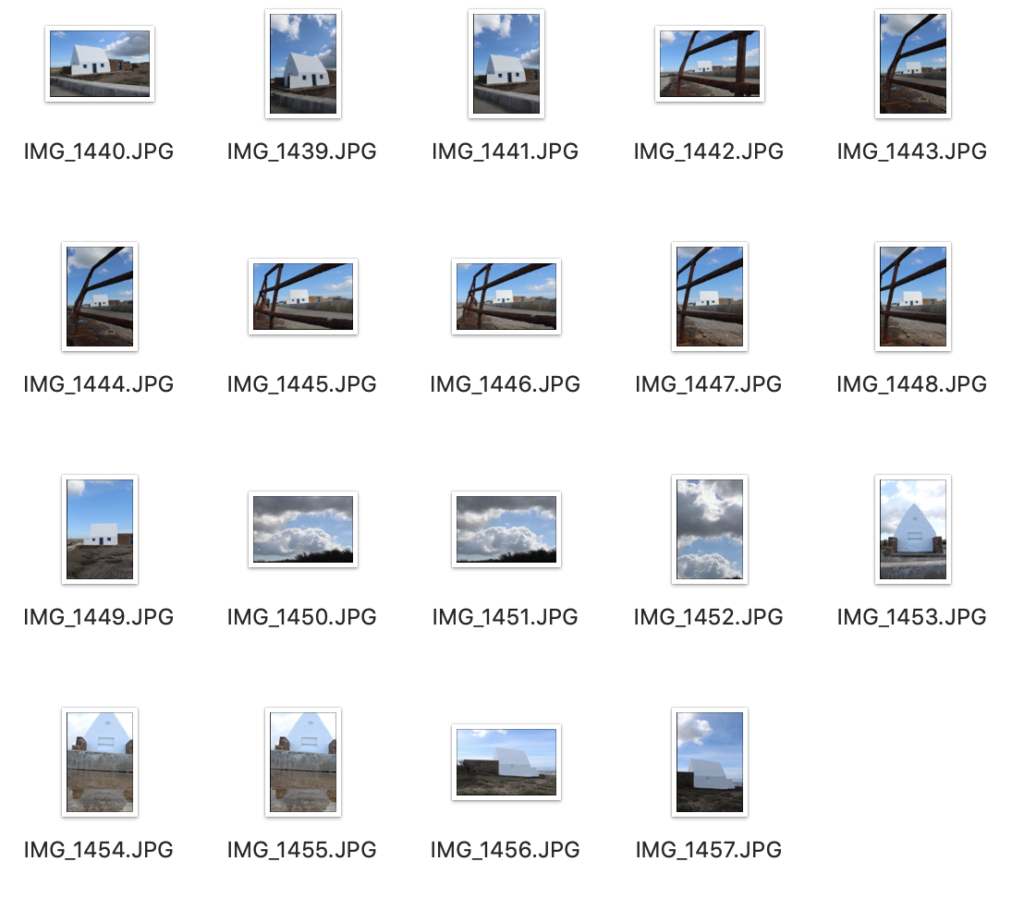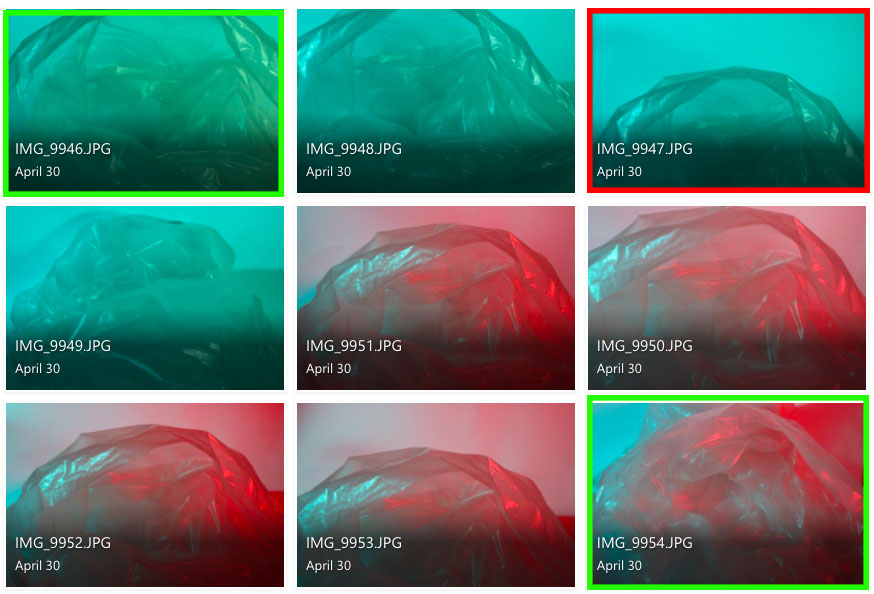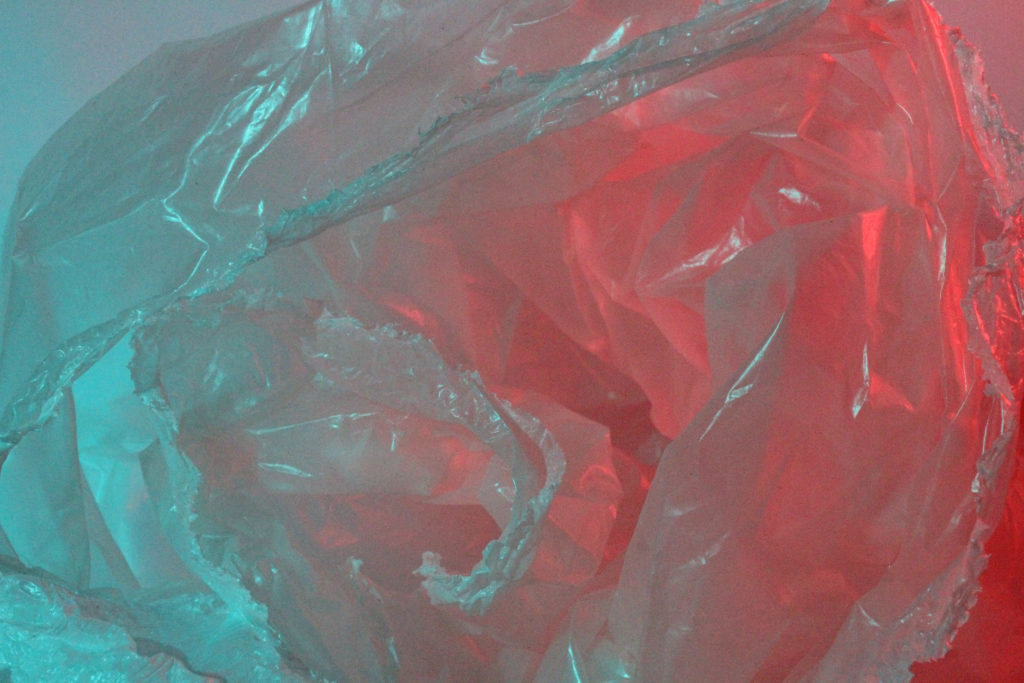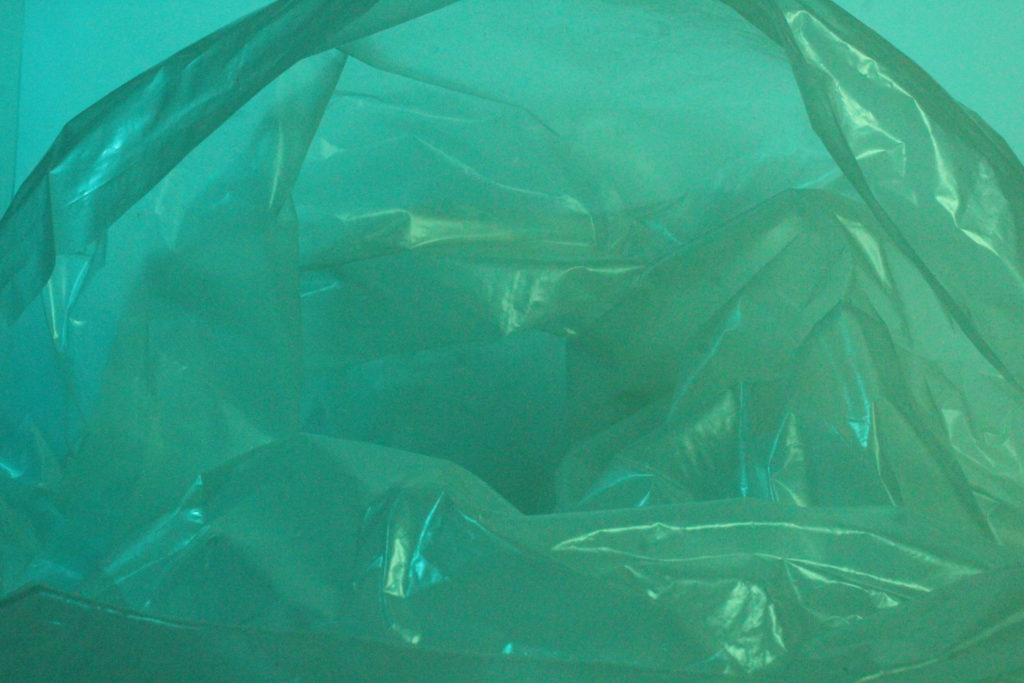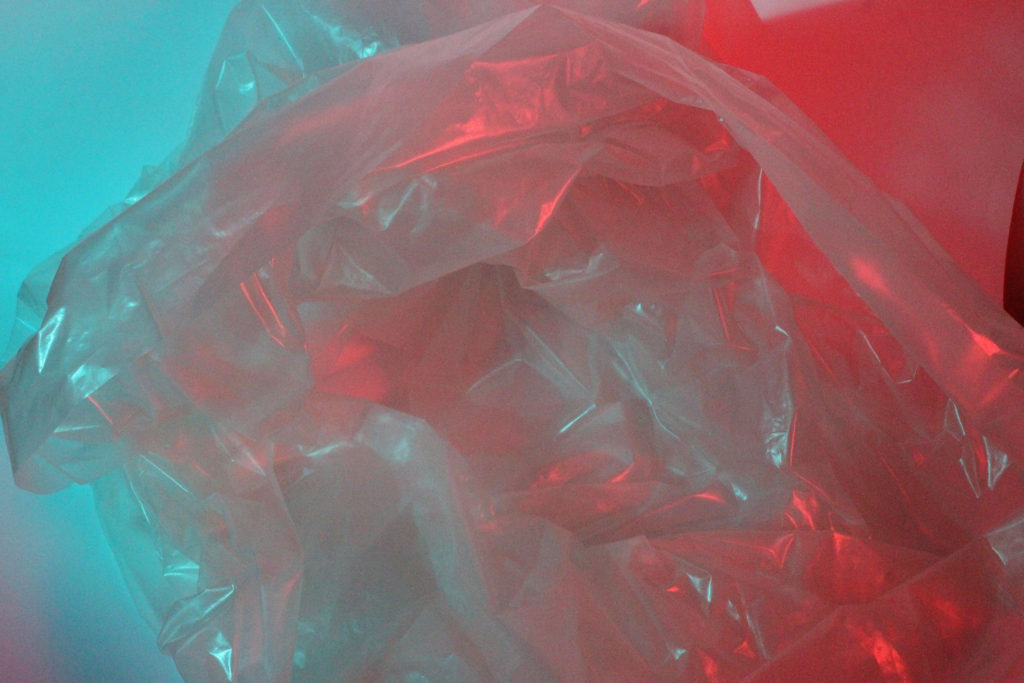MAIN PIECE PHOTO SHOOT / PLAN
For my main piece, I am creating a photo manipulation to raise awareness about ocean pollution, so I need photos of :
– Rubbish
– Fishing Gear (nets, buoys)
– Underwater
– The sea
– The coastal headline
– Boats
– Rocks
I made a table to visually display all the photo shoots I need to do for my main piece.
ST BRELADES PHOTO SHOOT
I went to St Brelades in the evening when it was clear, and took photos at the end of the beach that the pier was at. Then moved towards Quasine. Firstly I took photos of the boats in the sand, then in the middle of the beach, I took photos of the sea with the horizon in. I plan to make that the surface of the sea in my final piece. After went to the rocky area, and took photos the larger rocks.
BOULEY BAY PHOTO SHOOT
I decided to get more photos, as I didn’t really like the lighting and the reflections of the sunset from the St Brelades photo shoot. Firstly, I started near the island to get photos of the rocks. Then I went to the end of the pier where I got another photo looking out to the sea. Then lots of photos of boats, and there was a man putting his boat into the sea, so I was able to get a clear picture of the bottom of the boat, which had some buoys on. Additionally, I got some pictures of sea gulls, which I could add into the sky. in Photoshop.
RUBBISH / PLASTIC PHOTO SHOOT
I took photos of various waste and plastic items, such as, plastic water bottles, plastic bags, crisp packets, and, cans. Nothing complicated, I positioned the subject in the centre of the frame, and for the items that had weight like plastic bags, I filled with air to make it look like it would be floating, so it would be easier to blend in Photoshop, and not look out of place.
SECOND PIECE PHOTO SHOOT / PLAN / (If I have spare time)
If I have spare time I plan to create a photo manipulation of space. For my photos I need :
– Galaxy
– Foreground photo (white house in St Ouens)
– Moon
GALAXY PHOTO SHOOT
I would need to go to a place where there is no light pollution. St Ouens would be a good place. I would need to bring a tripod and a camera. The camera settings would be at the lowest f-stop number, manual focus on the brightest star, wide angle lens (35mm), 800-3200 ISO, shutter speed is 25-30 seconds, but no longer as it would create star trails.
FOREGROUND (WHITE HOUSE) PHOTO SHOOT
I need a subject that would be the foreground, I chose the White house. I would need to go when there is natural light, so I went in the morning (10am) as there was good light and no people.
MOON PHOTO SHOOT
I chose to take photos when there was a full moon. I would use the same setup as the galaxy photo shoot, except the lens. I would use a 300mm lens the capture the moon, with a 1 second shutter speed.
